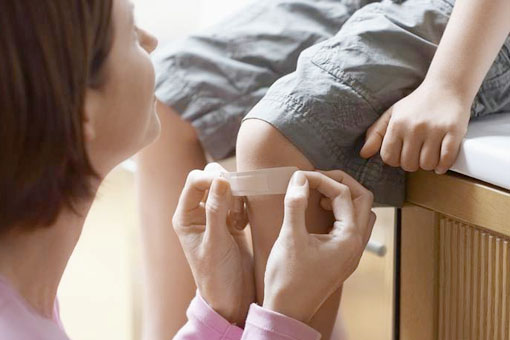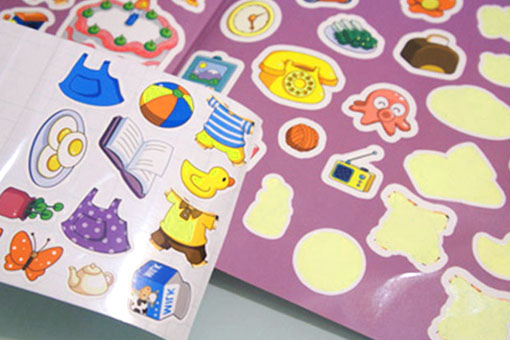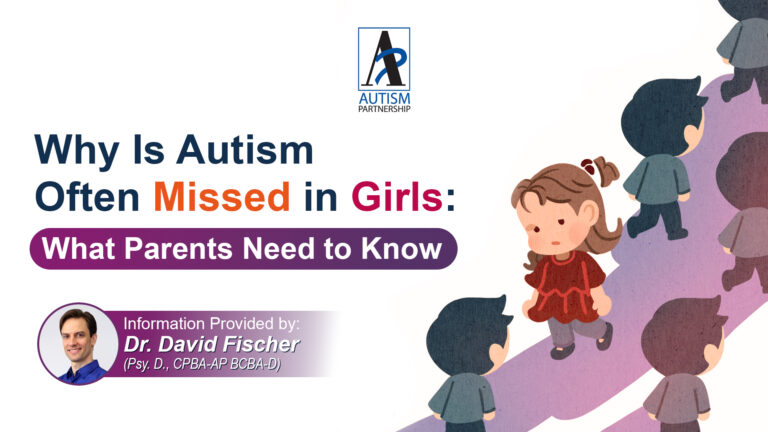
I believe many parents will find the below scenario not uncommon:
My child has injured himself/herself and the wound started to bleed. The moment we put the Band-Aid on his/her wound, he/she would rip it off straight away. No matter how hard we have tried, my child refused to have the Band-Aid or anything on his/her body. If we insisted, he/she would throw a tantrum.

Children with ASD often exhibit rigid behaviors. They have their own rituals and routines. They won’t settle and will be upset if these rituals are broken. No matter how their parents have explained the issue to them, even when they comprehend it, they won’t accept it.
In fact, many parents thought their children would have learnt their lessons from the previous incident of similar or same issue; and they thought their child would understand more and more, and their reaction would be less intense over time. Yet, instead of being calm, their reaction seemed to be intensified and giving them a pre-talk in advance seemed not effective.

To increase their tolerance, parents can practice the following activities with their child:
Tips:
The above is an example scenario to help increase your child’s tolerance in a particular matter. If your child has got other tolerance problems in other areas, such as hates brushing his/her teeth, is a picky eater, same principles apply with training his/her tolerance skills.
Please be mindful that we need to be analytical enough to know which issue the child is rigid about, eg. he refuses to brush his teeth can be because he hates things in his month or watery feeling on chin, or the taste of the toothpaste. After finding out the particular issue, we can provide ample practice opportunities and systematically adjust the difficulty of the tasks to train the child’s tolerance skills.

For many decades, Autism was thought to be a condition that nearly exclusively affected boys. Over time, the diagnosis rate has evened out slightly. The Center for Disease Control and Prevention reports that approximately 3.8 boys are diagnosed for every diagnosed girl. It is now widely assumed that many girls with Autism are missed in […]

When most parents start ABA therapy for their child, they are thinking about immediate concerns: communication, behavior, independence, or school readiness. However, there is another important factor to consider and that is your child’s future as an adult. A recent UK government report, The Buckland Review of Autism Employment (2024), sheds light on a troubling reality. […]

When considering ABA therapy for a child with autism, parents often ask: “How many hours should my child receive?” It’s an important question, and the answer can make a substantial difference. While every child is unique, decades of research has shown the intensity of therapy matters. A major study published in 2017 by Linstead and […]
Please share to let more people learn about ASD and ABA therapy:

All information received will always remain confidential. We will contact you as soon as we review your message. Thanks